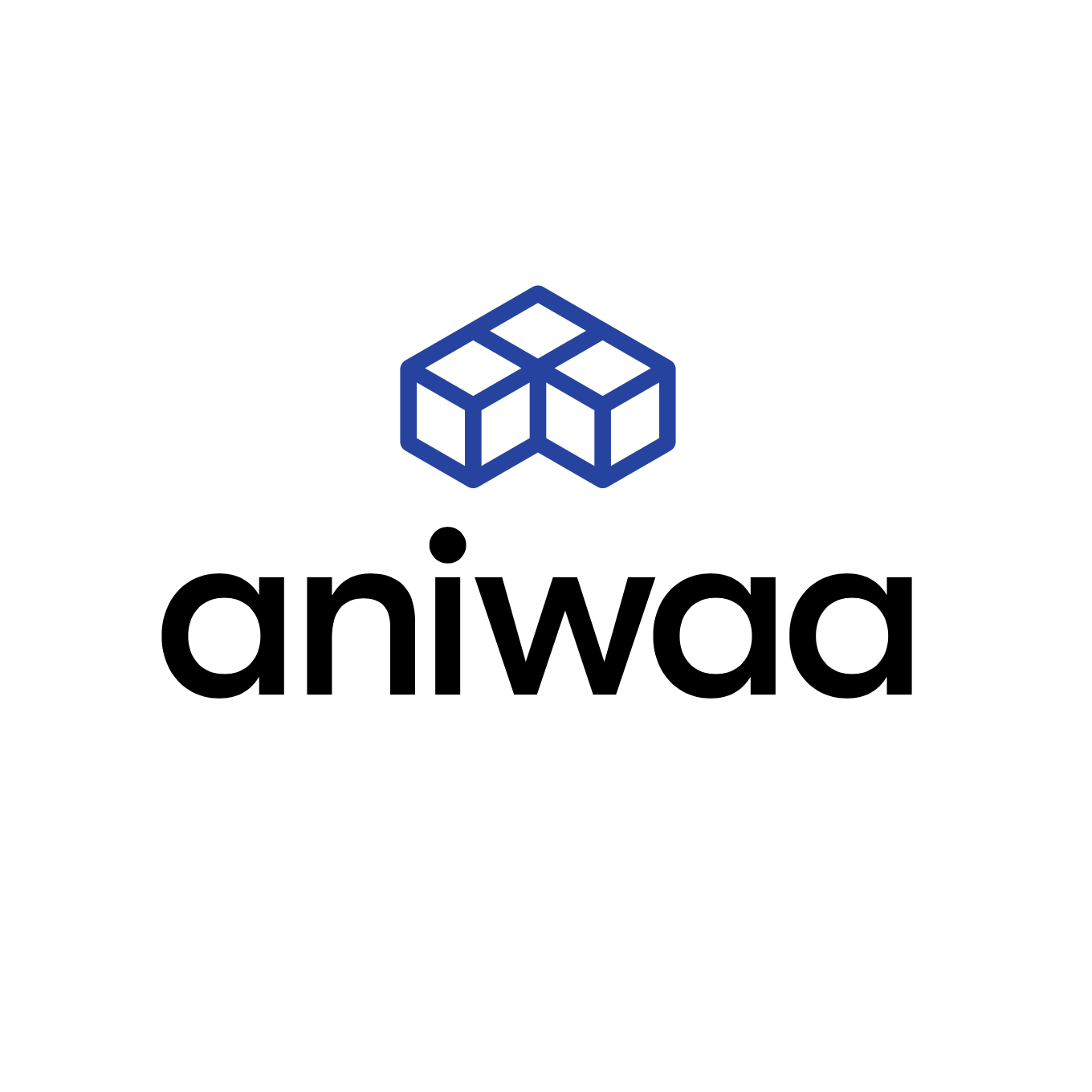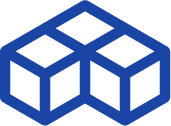Reaching higher safety & productivity in resin AM workflows
Post-processing, the hidden face of additive manufacturing
Additive manufacturing (AM) is in constant evolution with faster print speeds, wider material availability, and a flourishing amount and diversity of applications.
Now more than ever, and especially amid the COVD-19 crisis, AM is showing the world its ability to quickly mass-produce critical goods with unmatched adaptability and turnaround times.
Nevertheless, for all the production and design barriers that additive manufacturing has torn down, its associated post-printing processes have become a barrier of their own.
In particular, the resin removal step linked to photopolymerization 3D printing technologies (e.g. SLA, DLP, or CLIP) is notoriously cumbersome, time-consuming, and hazardous.
What makes resin removal so challenging?
One of the toughest aspects of this step is effectively dealing with the subtle chemical differences between the finished part’s surface and the leftover, uncured resin that must be removed. In other words, the difficulty lies in targeting the resin’s non-polymerized oligomers without affecting the hardened polymer itself.
Harsh chemicals like isopropyl alcohol (IPA) or tripropylene glycol methyl ether (TPM) are often employed for this. These chemicals represent a safety risk for the user, and they must frequently be renewed, leading to a significant amount of downtime.
On the technical side, resin part cleaning is frequently performed manually with handheld tools such as squeeze bottles, brushes, and dunk tanks. Such laborious methods are not only tiresome for technicians, but they can also trigger costly bottlenecks.
Automating resin removal processes with a modern solution
While several mechanically driven technologies exist to alleviate the resin removal burden on operators, most options aren’t specifically adapted to additive manufacturing methods. Using generic post-printing solutions often results in unfinished parts, lengthy cycle times, and frequent use of toxic chemicals.
Recently, a new, end-to-end digital solution emerged, on a par with the advances seen across all other areas of the resin 3D printing realm. This breakthrough technology involves a unique and proprietary blend of software, hardware, and consumables.
US-based service bureau Empire Group and Swedish industrial design agency Splitvision have both embraced this novel solution and quickly reaped positive results from it.

Case studies: Empire Group and Splitvision
Empire Group’s superior approach to SLA resin removal drives workflow gains
Empire Group has been empowering its customers with faster prototype delivery times and increased productivity since 1999.
However, the company used to face bottlenecks when it came to finishing stereolithography- (SLA-) printed parts. As Empire Group’s activity grew, the manual removal of resin with solvents escalated and became an increasingly critical issue. It was clear that the company needed a more efficient means to clean their resin parts.
To maintain their smooth additive manufacturing workflow, Empire Group implemented the automated PostProcess™ DEMI™ resin removal solution with a proprietary detergent specially formulated for SLA. The DEMI utilizes agitation algorithms to quickly remove excess resin, even in narrow areas or cavities.
This patented technology, called Submersed Vortex Cavitation (SVC), ensures consistent finishes and prevents parts from being damaged. Additionally, PostProcess Technologies’ detergent lasts much longer than previously used solvents, resulting in a higher ROI.

Now that Empire Group’s engineers and technicians are able to handle resin removal in record speed and without losing time on chemical change-outs, they can focus their energy on higher-value tasks such as quote and order preparation, maintenance, build tray optimization, and more.
PostProcess’s software-driven solution has unlocked improvements across the board for Empire Group, on average reducing their SLA resin removal times by at least 50%.
Splitvision builds on manufacturing expertise with automated post-printing for DLP
Founded in 1989, Swedish industrial design agency Splitvision purchased their first 3D printer in 2019. Before then, Splitvision manually and slowly made their prototypes from Polyurethane (PU) foams or solid plastic materials. For more elaborate prototypes with fine details, outsourcing was the only option.
Hence, acquiring a DLP printer emerged as a natural solution to these efficiency and outsourcing issues. The company noticed instantaneous workflow improvements as well as enhanced mechanical properties and finer details in their prototypes.
Nonetheless, without an automated post-printing system, Splitvision rapidly encountered several obstacles in its new additive workflow. Splitvision staff namely found that it was extremely tedious to fully clean the resin from fine details with a classic solution like IPA, not to mention strong chemical odors and ongoing safety concerns.
That’s where PostProcess Technologies’ solution stepped in; not only to streamline the resin removal process, but also to improve workplace safety overall. PostProcess detergent features a high flash point, meaning that it would require an unusually high temperature to ignite, or at least a much higher one than the post-processing machine’s working temperature.
Aside from being easier to work with, the detergent does a remarkable job of dissolving uncured DLP resin. Even for parts with deep narrow features, the cycle time rarely takes more than 10 minutes.
Moreover, Splitvision can now leave the parts’ support structures intact when they undergo UV post-curing. This was not previously possible with traditional IPA cleaning, as it is tremendously difficult to get rid of all the uncured resin left behind the support structures.

By saving time and resources, the company is now able to offer printed prototypes and parts at a reasonable price, especially when printing several items per run. Plus, the unpleasant part of the printing process has now been eliminated for company staff.
Now that Splitvision teams have tried the PostProcess Technologies solution, it would be hard for them to imagine ever going back to using IPA.
Find out more about PostProcess Technologies solutions
PostProcess Technologies’ comprehensive system of proprietary software, hardware, and chemistry was developed to make the process of removing resin, supports, and powder as well as surface finishing on printed parts easier, more consistent, and more efficient.
PostProcess removes the bottleneck from the last step of additive manufacturing – post-printing – and is helping the AM industry reach its full potential as it scales. To learn more, head to www.postprocess.com.
 English
English  Français
Français

